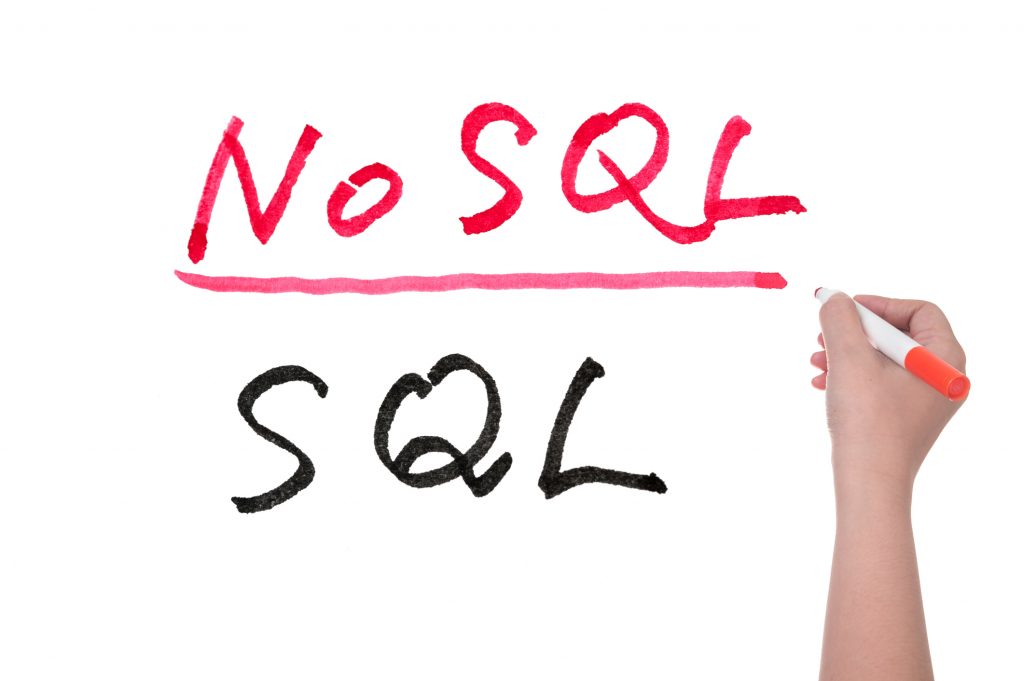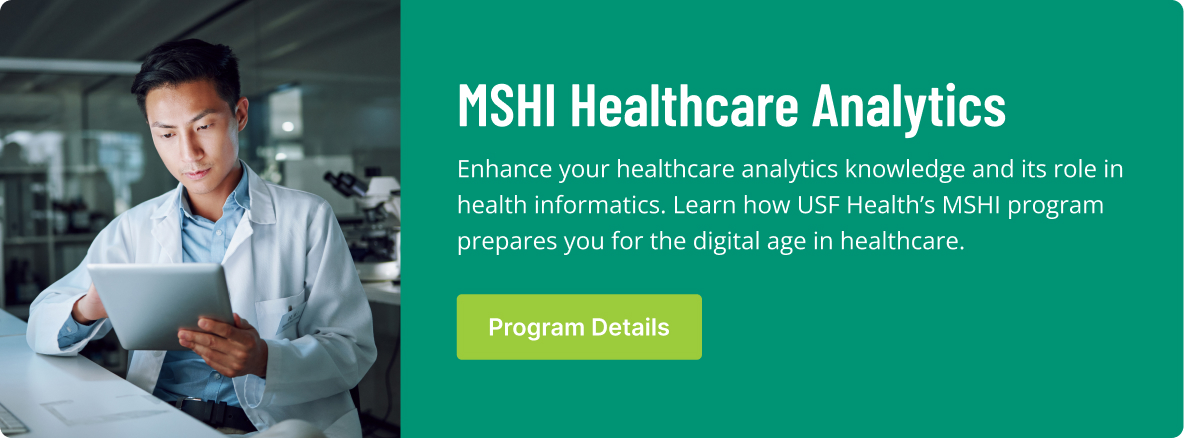What is the difference between relational and non-relational databases? In comparing relational and non-relational databases, it’s important to consider database theory and the types of database management systems, as well as datasets for each type of database.
Relational and non-relational databases both have their use cases. Which database is better suited for your needs all depends on the situation, uses and desired outcomes from your data.
What is Relational Database?
A relational database is also known as a structured query language (SQL) database that stores data in tables. Rows in the table are known as records. As the name suggests, relational databases store “related” data information, with a defined relationship between database tables and these tables are used in relation to other datasets. A relational database works by connecting multiple tables of data with unique identifiers, known as “keys,” which allow for the connected relationship between tables.
When to Use a Relational Database
Relational databases are used with structured data sources and when relationships within the database have constraints. There’s no limit on indexing capabilities, so a relational database has a faster query response time than a non-relational database. Relational databases keep data transactions secure as a layer of data integrity can be added at the data layer. Complex SQL queries can be used for data analysis and reporting, which is an advantage. Other benefits include easily categorizing data, accuracy of data, ease of use, collaboration with multiple users and security.
What is an Example of a Relational Database?
An example of data used within a relational database is how a small business may track their orders. In one table, a customer’s details are stored, including customer name, customer ID number, phone number, address and email address. In another table, order details are stored, including customer ID number, order number, item description, color and size. Because the two tables have the customer ID number (i.e., the key), a relational database can create a relationship between the two tables. Queries can pull information across both tables because they are linked with the key.
Types of relational database management systems include MySQL, IBM DB2, Oracle, SQLite, Postgres and MS-SQL.
What is a Non-Relational Database?
A non-relational database is a non-SQL database (also known as a NoSQL database), storing unstructured, or “non-related” data. Non-relational databases are not restricted to data being in tables, and therefore, differ from structured, relational databases in that there are no tables, rows or keys. Instead, a range of different types of data can be stored in different formats using specialized frameworks.
Four popular non-relational database models include:
- Document Data Store: This model offers a lot of flexibility in that data is stored in documents that are not required to have the same structure. Fields within these documents can be queried and filtered.
- Key-Value Store: The least complicated of the non-relational databases, this model stores data in a collection of key-value pairs contained within an object.
- Column-Oriented Database: Also called a wide-column store, this model taps into the ease of the key-value store, organizing data in single columns of nested key-value pairs. It’s most beneficial for structuring sparse data.
- Graph Database: The most complex non-relational database, the graph database is designed to store relationships between entities. This is an ideal model to use with interconnected data. As data becomes more complex, graph databases continue to grow in popularity.
When to Use a Non-Relational Database?
Non-relational databases are ideal for storing and combining big data and unstructured data, offering more flexibility in working with this type of data over relational databases. As relational databases can scale or adjust to meet user needs, they are best to use with rapid application development, which is an agile project management strategy popular in software development. Other benefits include easy maintenance of the database and being developer friendly.
What is an Example of a Non-Relational Database?
An example of a dataset for use in a non-relational database would be for a store that has a document for each customer, including information about that customer, like email, address, name and order history. Despite there not being any structure to the data within each document, a non-relational database can search the information – and do it speedier because it doesn’t require querying multiple tables but rather searching from one large document.
Types of non-relational database management systems include MongoDB, Apache Cassandra, Redis, Couchbase and Apache HBase.
Relational vs Non-Relational Database: Which Should I Use?
Deciding on whether the relational or non-relational database is right for you depends on the data you’re gathering and how you need to store, access and apply it. In healthcare, the amount of data is vast and the sources of data diverse—patient medical records, clinical care and trial outcomes, insurance information and payment data, health provider financial data, and more.
All of this data can provide valuable insights on medical treatments and healthcare practices that can lead to better health outcomes for the patient, as well as savings and cost efficiency for insurance providers and healthcare organizations.
With the sheer volume and diversity of data and its potential uses, more healthcare providers and systems are migrating from relational database systems to cloud-based non-relational database architecture in order to scale out more applications and to support more users, according to the researchers of Healthcare Data Analytics and Management, who emphasize these “NoSQL cloud databases allow an increase in performance and availability of services, so it seems to be favorable to put forward…data migration from Structured Query Language (SQL) databases to NoSQL cloud databases.”
The online graduate programs in health informatics and healthcare analytics from USF Health’s Morsani College of Medicine can help you to deepen your understanding of relational and non-relational databases and how data warehousing, emerging cloud databases and data mining techniques can impact the effectiveness of healthcare.




